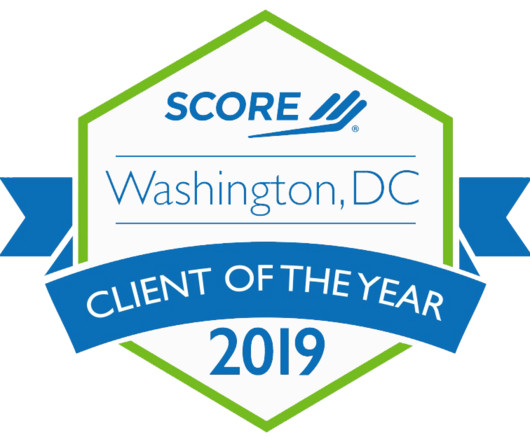Untangling the New Uniform Grant Guidance
RBW Strategy
JUNE 11, 2024
We’ll start by discussing the “why” of these changes, why the Office of Management and Budget (OMB) decided to make them now, and how they align with larger changes happening in the federal government. This allows for more flexibility at the end of a grant award period. What is OMB’s Intended Outcome?













Let's personalize your content